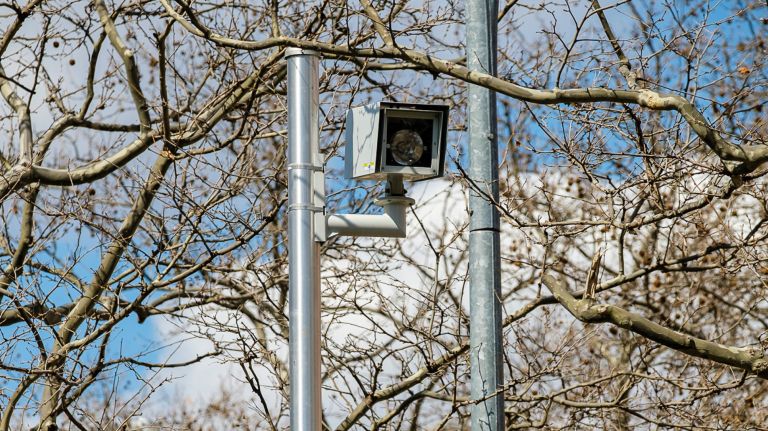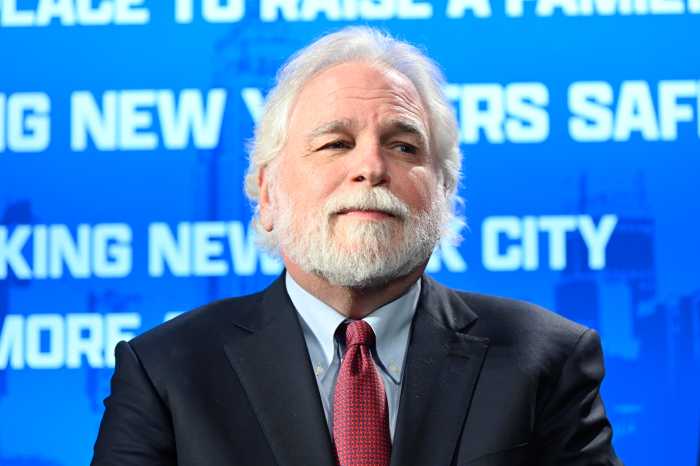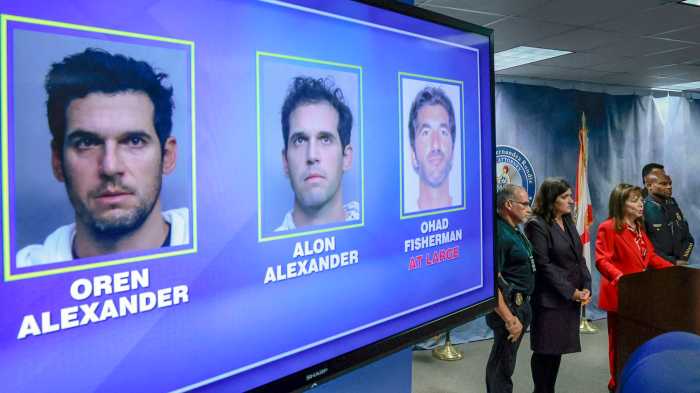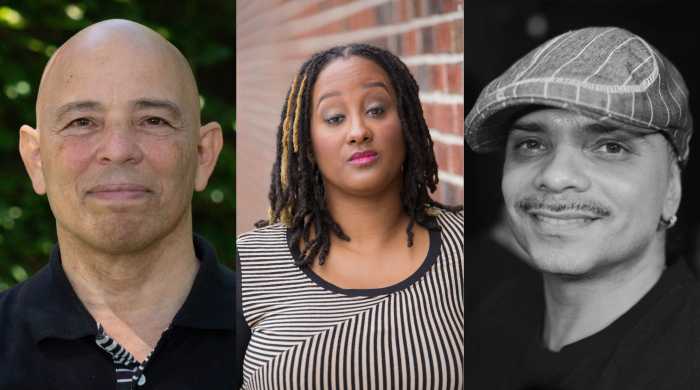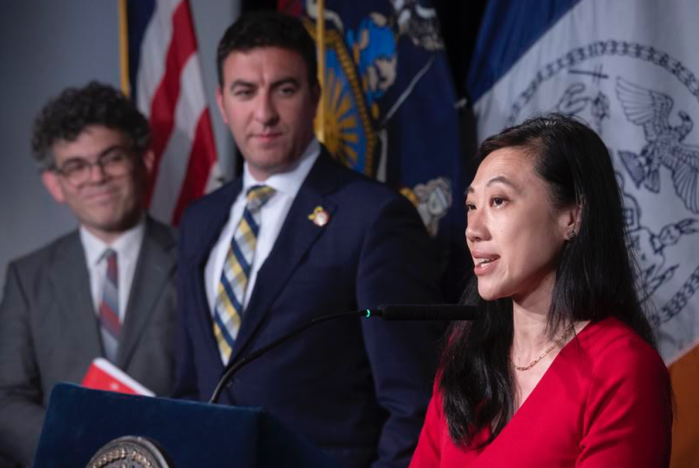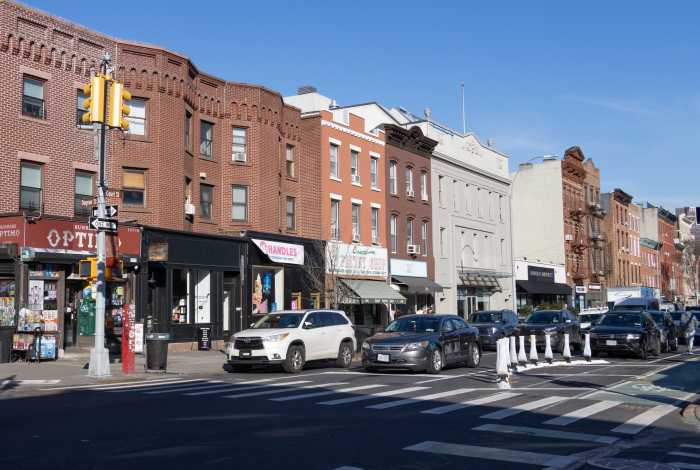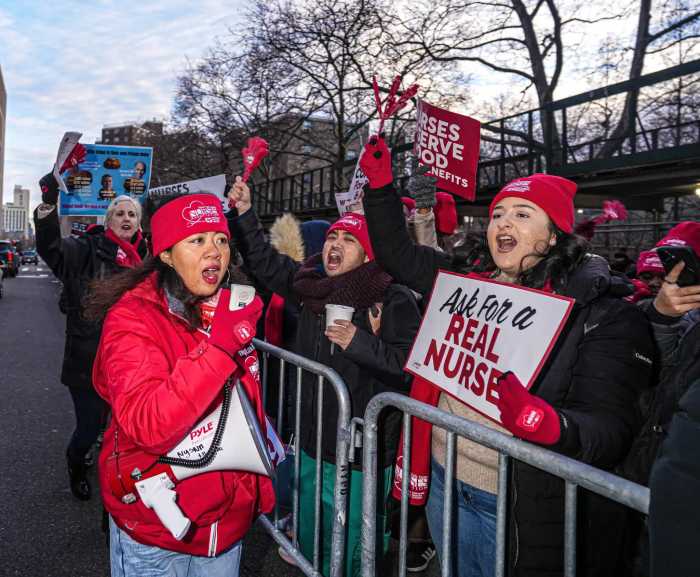
State lawmakers voted Tuesday to extend and significantly expand the city’s school zone speed camera program, with Gov. Andrew Cuomo pledging to sign the bills into law.
The legislation permits the city to operate cameras in 750 school zones, up from the 290 locations where the city can currently operate cameras. It also creates firmer hours for camera operation than the current “school hours” rule; cameras would be able to catch speeders on weekdays, between 6 a.m. and 10 p.m.
Before casting their votes in the afternoon, Senate and Assembly leaders celebrated the bills as a victory for street safety and a unified, Democrat-controlled state government. Advocates had long pushed for the legislation, but the Republicans in control of the State Senate last session refused to vote on the expansion bill, allowing the program to temporarily expire.
“Speed cameras have been proven to prevent tragedies and save lives,” said Senate Majority Leader Andrea Stewart-Cousins. “The risk of pedestrians being killed by a vehicle increases from 5 percent at the speed of 20 miles per hour to 45 percent at a speed of 30 miles per hour. That is a 900 percent increase and it is absolutely preventable in school zones.”
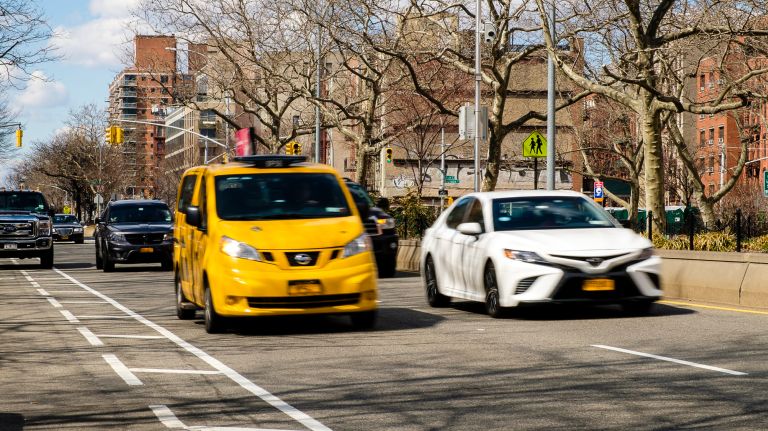
The cameras issue $50 summonses to the owner of the vehicle caught traveling more than 10 miles per hour. Manhattan Assemb. Deborah Glick and freshman State Sen. Andrew Gounardes from Brooklyn sponsored the bills, with the support of Assembly Speaker Carl Heastie from the Bronx.
Proponents pointed to a city report issued last year on the program through 2017. Speeding during school hours at fixed camera locations dropped by 63 percent on average from when the cameras began operating in 2013. Traffic injuries at those locations dropped 17 percent, as well, according to the report, which the city used to continue its aggressive lobbying to expand the program. City officials have argued that five out of every six New Yorkers who are killed or severely injured are struck at times or places where the cameras can’t operate.
“Today we are, frankly, depoliticizing the issue of pedestrian safety and we are reaffirming once and for all that no pedestrian should live in fear of crossing the street, regardless of their age — whether it’s a parent or a senior,” said Gounardes, who made traffic safety a top priority of his campaign to unseat former Sen. Marty Golden, who opposed the cameras.
The legislation would provide the city enough zones to install cameras at every elementary and middle school, as well as most high schools, according to Glick. While the camera program is a pillar of Mayor Bill de Blasio’s Vision Zero safety initiative, the state is responsible for authorizing their use. The new legislation expires in July 2022.
“We will stop at nothing to aggressively pursue tools like speed cameras that we know slow down drivers and save lives around schools across the city,” de Blasio said in a statement. “Vision Zero is working and more speed cameras will only deepen that progress on our streets.”
Polly Trottenberg, the city’s Department of Transportation commissioner, said it would take between two to three years to install the additional cameras once the legislation becomes law and felt confident that the number of zones granted would cover “every school that has any kind of speeding [problem].”
Republican former Senate Majority Leader John Flanagan continued to criticize the program on the Senate floor Tuesday, echoing other opponents in describing it as a cash grab.
After the Senate allowed the speed camera legislation to expire last year, Cuomo worked with de Blasio and City Council Speaker Corey Johnson through a state executive order and local law to get the program running by the start of the school year in September with additional camera locations. Relentless advocacy from groups like Families for Safe Streets pushed lawmakers to find a solution.
Cuomo had pitched a more modest expansion in his state budget proposal, to preserve the 290 school zone locations, but he said at an unrelated news conference that he’d sign the lawmakers’ version.
“We came up with a very creative vehicle to do it through executive order because I wouldn’t let lives be at risk because we were playing politics in Albany,” Cuomo said. “So I support the speed cameras; I’ll sign it.”



